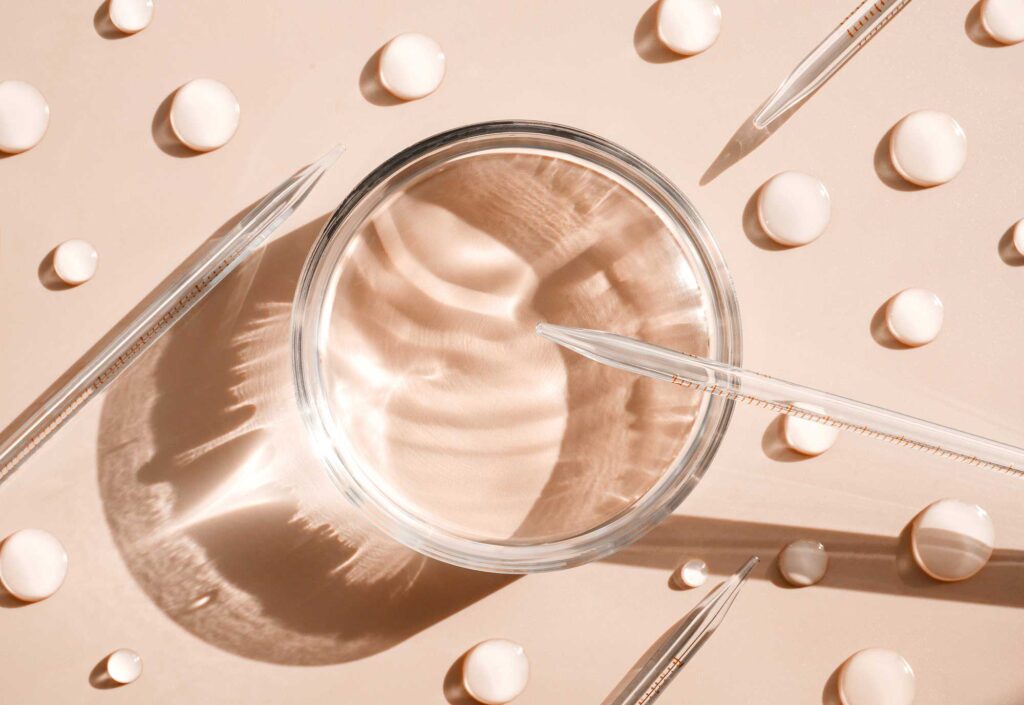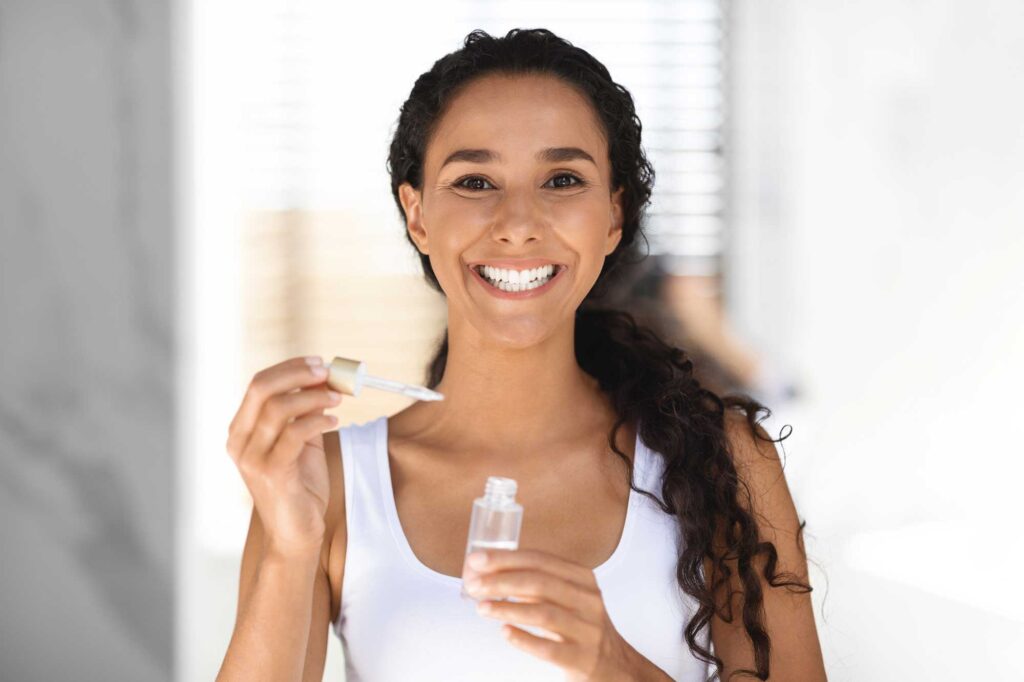Ingredients, Skin Care
Gluconolactone Works Wonders for Sensitive Skin
My first encounter with gluconolactone happened in the treatment room of an esthetic mentor who adored gentle actives. She pressed a clear, serum-light drop onto my hand, encouraged me to wait, and laughed when thirty minutes later the skin on that spot felt smoother, springier, and decidedly happier. That single experience sent me down a rabbit hole of research, client trials, and personal devotion to this quiet over-achiever. Today I’m sharing everything I’ve learned so you can decide whether this polyhydroxy acid deserves space on your own shelf.
A Gentle Acid with Powerful Roots
Gluconolactone is derived from gluconic acid, which itself is produced by the oxidation of glucose. In water the molecule slowly converts to gluconic acid, lowering skin pH just enough to loosen the ionic bonds that glue dull surface cells together. Because its ring structure holds multiple hydroxyl groups, the molecule is larger than glycolic or lactic acid. That extra bulk keeps it from diving too fast or too deep, which translates into thorough but remarkably calm exfoliation. Dermatologists often nickname it “the sensitive-skin AHA,” yet it actually belongs to the polyhydroxy acid (PHA) family – a group celebrated for providing visible renewal with practically zero sting. Research stretching back two decades confirms that daily 8 – 12 percent solutions refine texture without provoking erythema even on rosacea-prone complexions. Many chemists find that balance fascinating: a single molecule that behaves both like a mild acid and a skin-loving humectant.
How the Molecule Performs on the Surface
Once applied, gluconolactone unwinds fast enough to sweep away tired keratinocytes yet slow enough to spare underlying tissue. That matters because too-rapid turnover risks microscopic cracks, and those cracks allow irritants to slip inside. By contrast, users report bouncy softness after one week rather than tight squeakiness. Laboratory tape-stripping studies show that a 10 percent lotion removes roughly the same mass of corneocyte debris as a 4 percent glycolic formula, but transepidermal water loss remains statistically unchanged. In everyday language: skin looks polished but still feels protected.
Beyond Exfoliation: Deep Hydration and Barrier Support
Every hydroxyl on the gluconolactone ring acts like a tiny water magnet. Together they hold moisture at the surface in a way that mimics components of your natural moisturizing factor. Corneometry measurements from an in-vivo trial revealed that subjects experienced a 35 percent rise in hydration three hours after a single application and retained a 28 percent gain after two full weeks of twice-daily use citeturn0search6. That extra reservoir matters during winter heating or chronic low humidity because it keeps enzymes agile enough to arrange lipids into neat lamellae. Meanwhile the molecule’s chelating ability binds pro-oxidant metal ions before they can catalyze free-radical cascades. The result? Barrier lipids oxidize more slowly, and redness tied to pollution particles visibly fades.
Calming Sensitive Complexions
If you have ever felt the sharp burn of some traditional acids, you know how easy it is to swear off exfoliation altogether. Gluconolactone offers a different path. Its pH typically lands near 3.8 – 4.2, within the skin’s own acidic envelope, so langerhans cells – our immunologic sentries – remain calm. Split-face trials on volunteers with eczema history show lower interleukin-1 alpha release compared to controls treated with lactic acid. Patients living with rosacea often report that within four weeks flushing episodes shorten in duration, partly because regular micro-exfoliation keeps Demodex mite habitats less hospitable. Dermatology clinics even deploy the ingredient post-laser to speed re-epithelialization while avoiding folliculitis that heavier occlusives sometimes trigger. I’ve watched post-peel clients move from raw pink to healthy peach overnight when a thin veil of gluconolactone serum replaces petrolatum.

Anti-Ageing Without the Sting
Fine lines deepen for two big reasons: collagen thins, and glycation stiffens the remaining fibers. Gluconolactone tackles both. A 12-week double-blind study published in the Journal of Cosmetic Dermatology found that a 10 percent cream reduced nasolabial wrinkle depth by 36 percent and improved dermal firmness by 24 percent. The researchers credited not only exfoliation but also the compound’s antioxidant profile, which neutralizes glycation-derived free radicals before they snip collagen helices. Participants also noted subtler benefits – the kind a mirror reveals only in certain light – such as nicer bounce when pinched and an overall glow that required less foundation. Unlike retinoids, the effect comes without daytime photosensitivity, so you can chase those gains year-round.
Pairing Gluconolactone with Your Routine
One of my favorite traits is compatibility. You can layer it beneath vitamin C serum in the morning because it does not dramatically drop surface pH, preserving L-ascorbic stability. At night it sits comfortably under retinol, acting as a humectant buffer that tempers early dryness. If you already love glycolic acid but your cheeks protest, alternating the two prevents overstimulation while still promoting turnover. Sunscreen remains non-negotiable, of course, but most filters spread easily atop a water-light PHA essence. For barrier-repair nights, pairing the acid with a ceramide-rich cream seals hydration harvested from the humid bathroom air straight into the stratum corneum.
Frequently Asked Concerns Answered
Will it thin my skin? Quite the opposite. Moderate daily use thickens epidermal living layers by encouraging orderly shedding above and balanced proliferation below.
Can darker skin tones enjoy it? Absolutely. Because irritation risk is tiny, the likelihood of post-inflammatory hyperpigmentation drops dramatically, making gluconolactone a smart choice when working to fade existing spots.
How soon will I notice changes? Texture shifts often appear inside a week, while tone issues such as blotchiness take four to six.
Is the molecule vegan? Yes – manufacturers ferment plant glucose, so no animal derivatives sneak in.
What about pregnancy? Most obstetricians allow topical PHAs because systemic absorption is minimal, yet personal consultation remains best practice.
Finally, is 15 percent better than 10 percent? Many chemists argue that beyond 12 percent the extra hydroxyls plateau in benefit, so bigger numbers mainly matter to marketing departments.
A Final Word on Everyday Radiance
Skin thrives on consistency, not heroics. Gluconolactone’s gift is exactly that: dependable, drama-free progress you can maintain long after the thrill of a new jar fades. Each morning the mirror offers a quiet reminder – pores appear tidier, tone reads clearer, bounce feels lively. I always remind skeptics that this molecule never set out to shout. Its chemistry whispers, yet the results speak volumes. Give it eight weeks of steady courtship and those whispers may turn into compliments from friends who can’t pinpoint what changed, only that you look wonderfully rested. That, to me, is skin care success.






